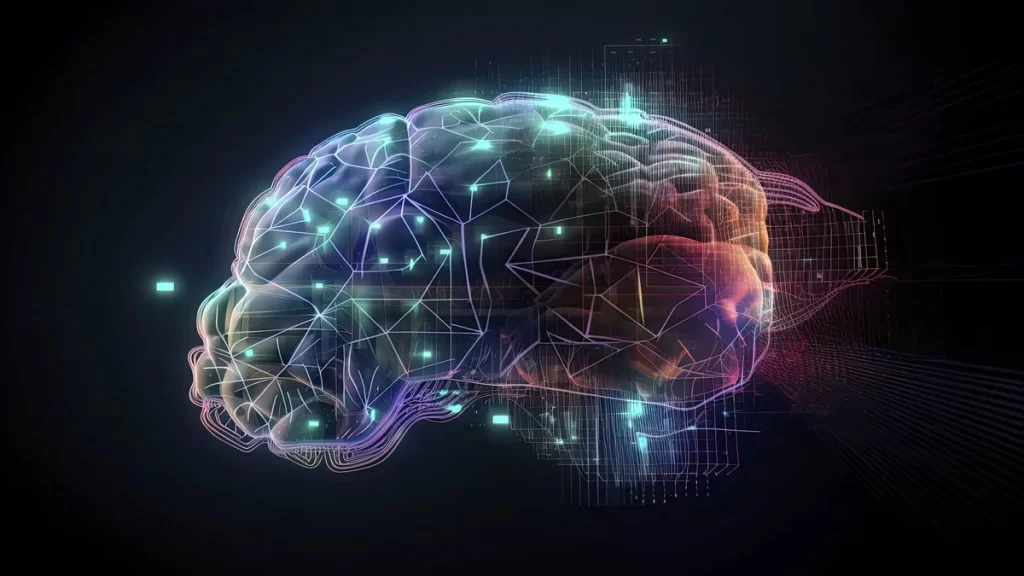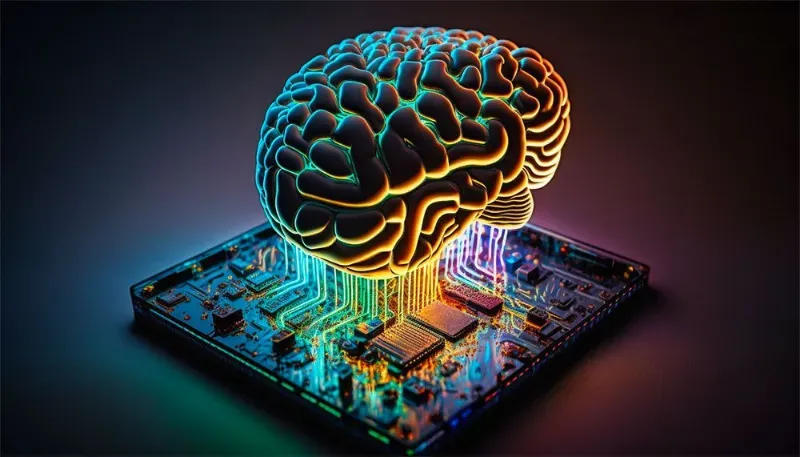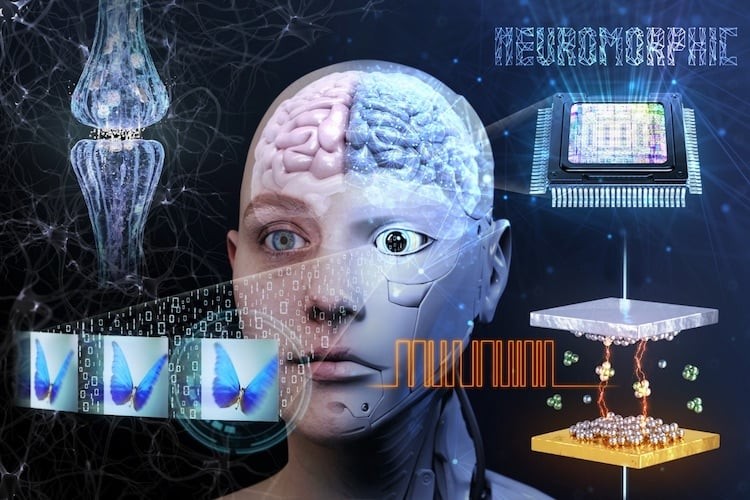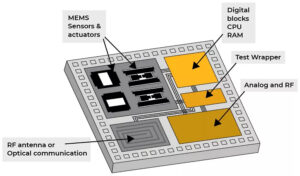Introduction
In the landscape of modern computing, where traditional paradigms are continually pushed to their limits, the quest for more efficient, brain-inspired computing solutions has led to the rise of neuromorphic computing. Neuromorphic computing seeks to mimic the structure and functionality of the human brain, offering promises of unprecedented energy efficiency, parallel processing capabilities, and adaptability to diverse tasks. In this guide, we’ll explore the foundations, latest developments, and resources available for delving into this exciting field.
Why Neuromorphic computing has a great future ahead ?

Neuromorphic computing holds immense promise for the future due to several key advantages over traditional computing:
Energy Efficiency: Our current silicon chips are reaching their limits in terms of miniaturization and power consumption. Neuromorphic chips, inspired by the brain’s efficient use of energy, use event-based processing and in-memory computing, significantly reducing energy needs. This makes them ideal for battery-powered devices and applications with limited power budgets, like the Internet of Things (IoT).
Real-Time Processing for AI: Traditional AI requires massive amounts of data and processing power. Neuromorphic systems, mimicking the brain’s parallel processing capabilities, can handle complex tasks like pattern recognition and decision-making in real-time. This is crucial for applications like autonomous vehicles, robotics, and intelligent sensor networks.
Superior Performance for Specific Tasks: Neuromorphic hardware is not meant to replace traditional CPUs entirely. Instead, it excels at specific tasks that are well-suited for the brain-inspired architecture. This includes applications in image and signal processing, natural language understanding, and tasks that involve handling noisy or uncertain data.
Potential for More Advanced AI: Some experts believe that neuromorphic computing could pave the way for a new generation of AI that’s more adept at probabilistic computing and handling ambiguous information. This could lead to the development of truly intelligent machines with capabilities beyond just data analysis.
Hardware Security: The inherent design of neuromorphic chips offers potential advantages in hardware security. Traditional chips are vulnerable to attacks that exploit their predictable behavior. Neuromorphic systems, with their asynchronous and event-driven nature, may be more resistant to such attacks.
Overall, the potential benefits of neuromorphic computing are significant, making it a promising area for future technological advancements.
Follow us on Linkedin for everything around Semiconductors & AI
Neuromorphic computing Resources

Neuromorphic computing Resources: Books for a Solid Foundation
1. Neuromorphic Computing Principles and Organization by Wolfgang Maass (2014):
This seminal work provides a comprehensive overview of the field, covering essential topics such as spiking neuron models, neuromorphic architectures, and learning algorithms. While it may lean towards the technical side, it’s an excellent choice for individuals with a strong background in computer science or engineering.
Neuromorphic Computing Principles and Organization
2. Towards Building a Neuromorphic Computer by Gopichandran Seenkusundaram et al. (2022):
Taking a more practical approach, this book focuses on the design and implementation of neuromorphic systems. It delves into a wider array of subjects including materials science, device physics, and circuit design. It’s particularly valuable for those interested in understanding the engineering challenges of constructing neuromorphic computers.
Towards Building a Neuromorphic Computer
Neuromorphic computing Resources: Online Resources and Communities
3. Neuromorphic Computing Alliance: This alliance serves as a hub for various online resources including research papers, blog posts, and online courses. It’s an excellent starting point for anyone looking to delve deeper into the field.
Neuromorphic Computing Alliance
4. Open Neuromorphic Initiative (Open-Neuromorphic.org): A community-driven platform offering workshops, educational content, curated lists of open-source software and hardware tools, and a forum for discussions. It’s a vibrant community where enthusiasts and experts converge to share knowledge and insights.
5. Intel Neuromorphic Computing: Intel’s dedicated page provides detailed information about their Loihi neuromorphic research chip, along with technical details, developer resources, and news about their latest advancements in the field.
Neuromorphic computing Resources: Further Exploration

Research Papers and Articles
6. “Neuromorphic Computing: From Materials to Systems Architecture” (OSTI.GOV): This paper provides an extensive overview of the field, discussing the limitations of traditional architectures and exploring various approaches to neuromorphic computing.
Neuromorphic Computing: From Materials to Systems Architecture
7. “Neuromorphic Technology, Neuromorphic Computing, and Neuromorphic Engineering” (SynSense): This article offers a beginner-friendly introduction to the core concepts of neuromorphic computing, highlighting its potential for energy efficiency and intelligent devices.
Neuromorphic Technology, Neuromorphic Computing, and Neuromorphic Engineering
Software Tools and Frameworks
8. Lava: An open-source framework tailored for developing applications for neuromorphic hardware. It enables developers to harness the unique strengths of this architecture while providing abstractions for easier programming.
Conclusion
Neuromorphic compute represents a fascinating intersection of neuroscience, computer science, and engineering, with the potential to revolutionize the way we approach computing tasks. Whether you’re interested in the theoretical underpinnings or the practical applications, there’s a wealth of resources available to guide your exploration in this dynamic field.



